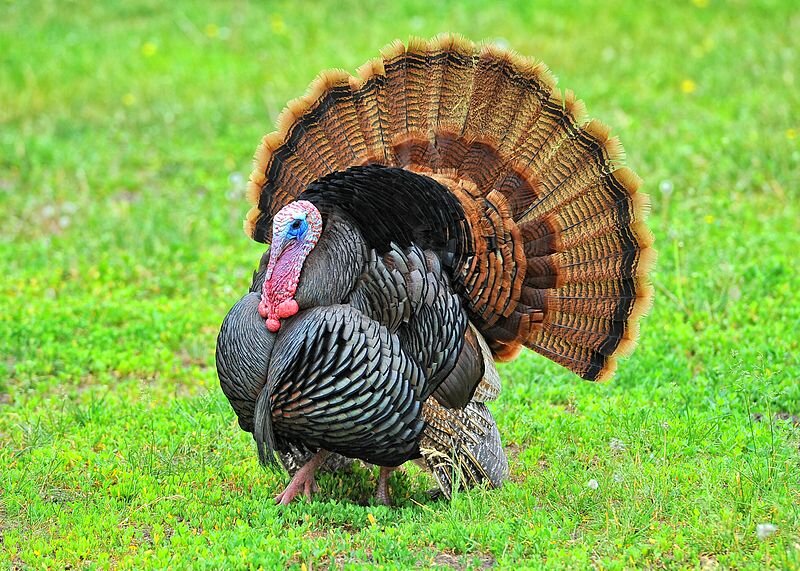Shock Gobbles and How to Use Them to Your Advantage
By: Dean Taylor
There is nothing like the sound of "spring thunder" to let you know that the season has arrived. And although many turkey hunters expect, or at least hope, to hear a turkey gobble in response to one of their calls, new hunters are often surprised to hear one in response to the slamming of their car door or the cawing of a crow in a nearby field. This strangely-prompted sound is known as a shock gobble.
What Is A Shock Gobble
While the science isn't exactly firm as to why turkeys respond to the calls and sounds from other species and objects, it is very clear that they do. These gobbles have been reported to be sparked by everything from dog barks, to train whistles, to thunder; often even counterproductively responding to the calls of predators, allowing their locations to be identified and tracked.
Though the link between gobbling and mating is very clear during this season, explaining gobbles in response to dangerous predators and inanimate objects is somewhat more difficult of a task. Some suggest that these gobbles are simply territorial, letting every other noise-making-being in the woods know that this is his time of year. While this very well could be true, it seems odd from an evolutionary perspective that a bird as tasty as a turkey would give up his location so easily to a howling coyote or gun-wielding hunter. This has led many to suggest that the shock gobble is not voluntary, but rather an unfortunate anomaly that the bird simply cannot control despite the evolutionary drawbacks.
Using Shock Gobbles To Track Turkeys
Although the science behind the shock gobble may be unclear, we do know that they can be used to our advantage. Since these excited Tom's cannot help themselves when it comes to making themselves known in the woods, hunters can mimic the sounds that get them to shock gobble most frequently in order to get them to reveal their location.
Primos Classic Crow Call
These calls are known as indicator calls and are often designed to imitate the sounds of an Owl or a Crow. These inexpensive calls can be bought in any store that sells turkey calls, occasionally even coming in a pack with some of the more basic diaphragm calls. Experienced callers can also attempt the call using their voice, as accuracy hardly matters when looking to spark a shock gobble.
Indicator calls are best used before a hunt and can even be a great scouting tool before the season starts. Heading out just before dark the night before a hunt and firing off a few crow or owl calls can not only confirm that there is life on the property but also allow you to locate the tree that the birds are using to roost. This will save you a lot of guesswork in the morning and tell you exactly where you should be setting up for your hunt. How to hunt turkeys off the roost is a whole other story and can be found in a separate article here.
Those hunting large private properties or on public land can also utilize this technique during the day to help eliminate ground and identify the general location of some of the more active birds. One response will often be all you’re looking for in these situations before setting up and switching over to your standard box, slate, or diaphragm calls.
Stay tuned in the upcoming weeks for more turkey hunting articles and subscribe to our mailing list for all the news and updates from Subarctic Angling!


